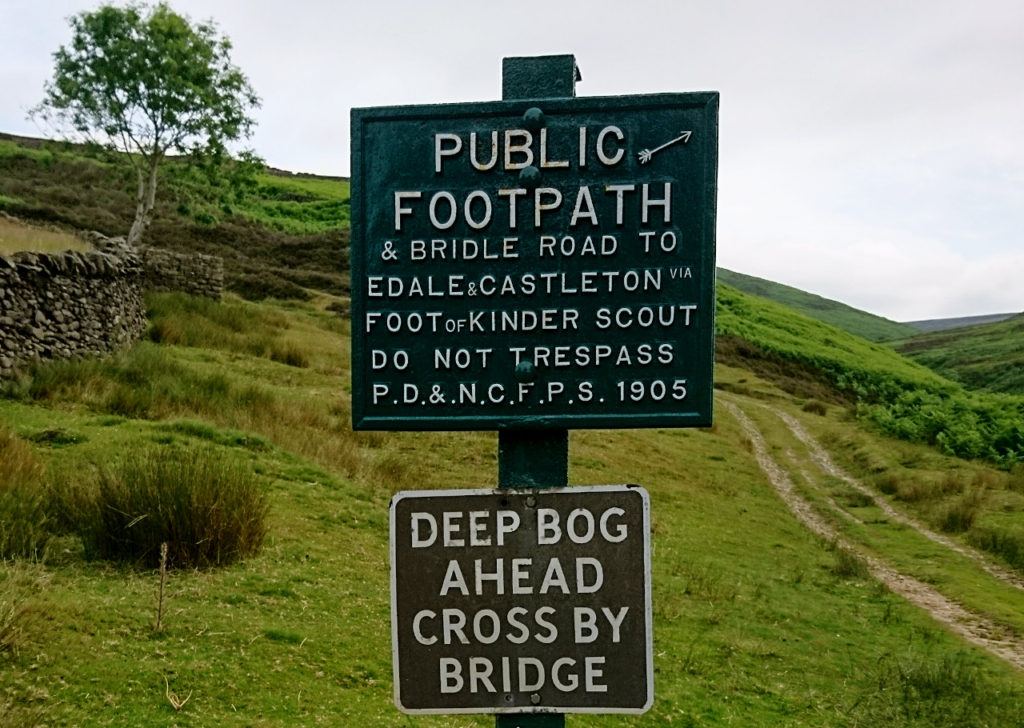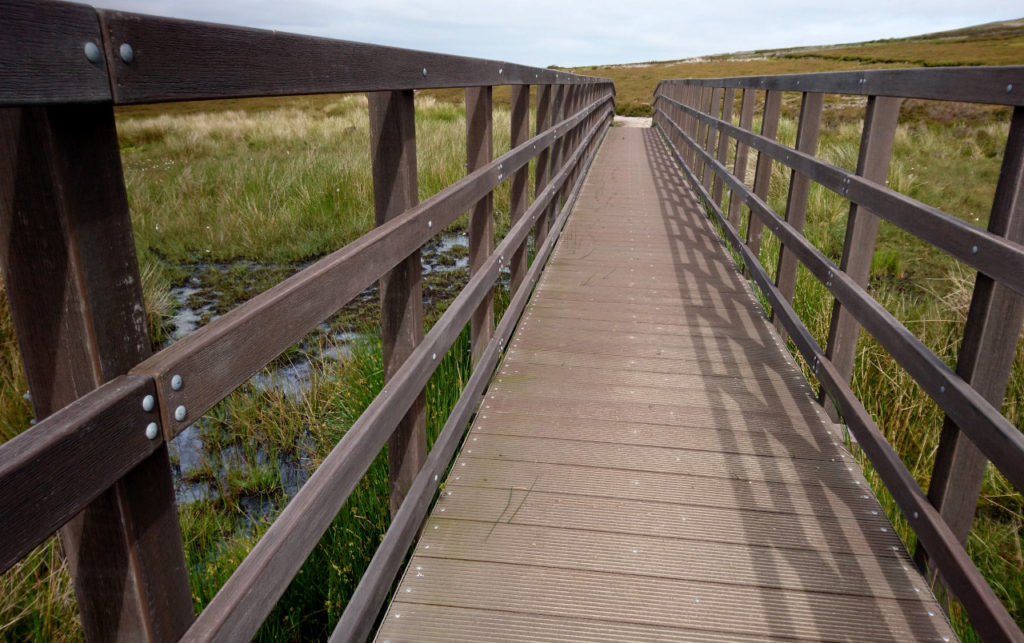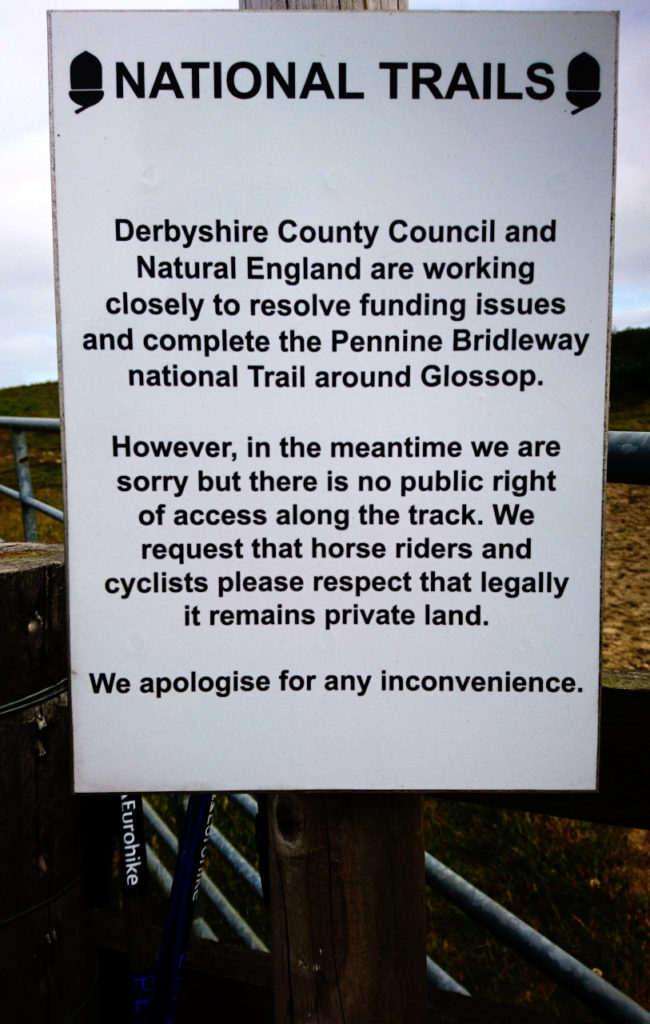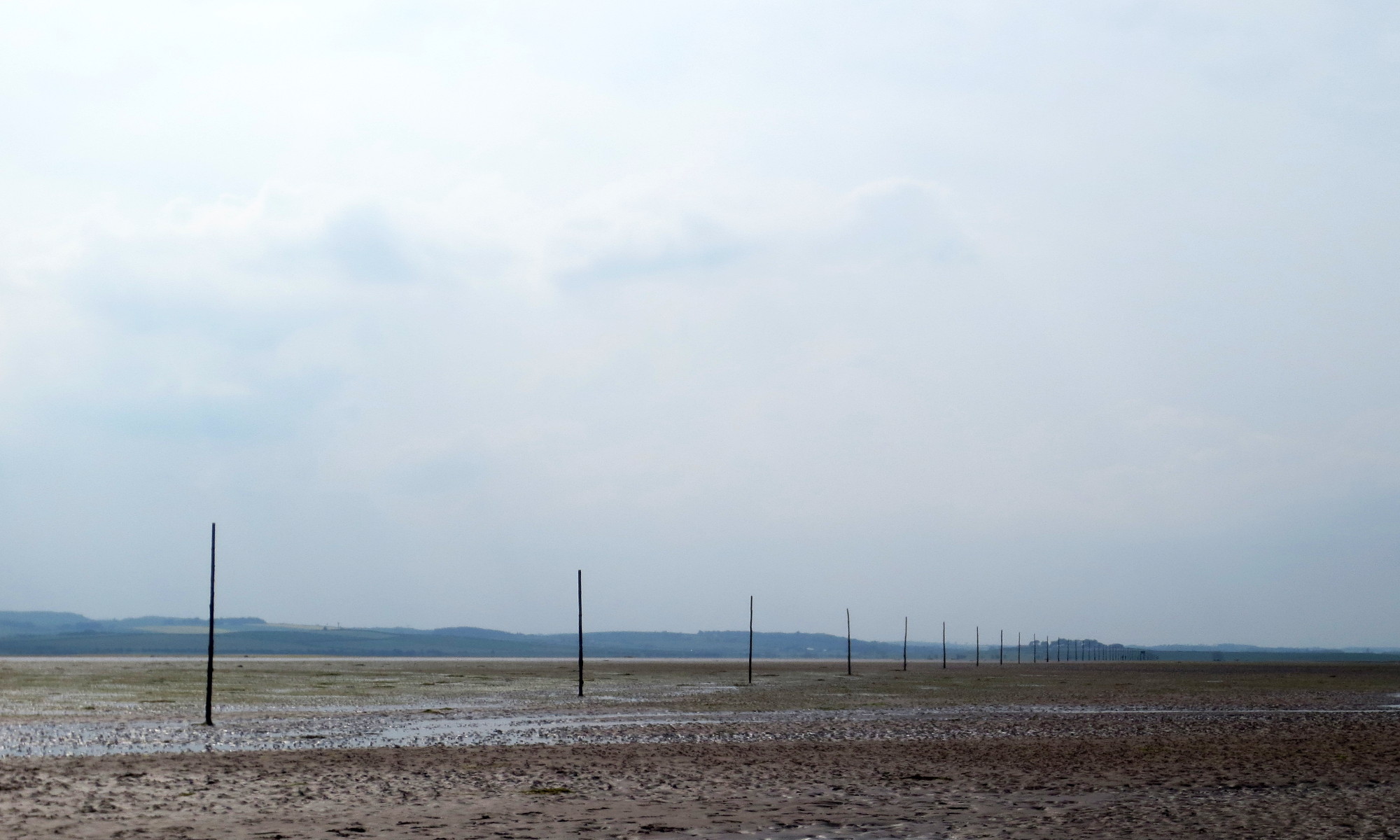Here’s a sign with a couple of warnings…

Do we heed warnings, and when is a warning a threat? The second warning is about a physical inconvenience, and it would seem sensible to use the bridge here…

…and very thoughtful of someone it is to have provided this. The first warning might also need to be heeded I don’t want to damage the moorland or harm livestock or lose the way. But things are not always simple. The public use of open spaces is not a given. Ever since the start of the Peak and Northern Footpaths Society over a hundred years ago, and then the Kinder Mass Trespass in the 1930s, things have been in a state of flux. Even now, there are complex negotiations about the Pennine Bridleway…

Fans of spin may have spotted that this notice is completely silent about the fact that pedestrians have a longstanding right to walk on the footpath across these fields.
It seems to me that part of the problem about access is that farmers will always (rightly) point to the actions of inconsiderate walkers, especially those with dogs. And as for people who take barbecues onto the open moor…
There are many instances of warnings/threats in the Bible. The reader is usually shown whether or not it would’ve been a good idea to heed the warnings/threats. And we can usually work it out with hindsight. But if you’re in a dangerous situation, it can be hard to think straight.
Sunday’s Lectionary, for instance, includes the bit about Jesus telling his disciples to shake the dust off their feet when they leave a village that has rejected them, as a ‘testimony against them’. There seems in that statement less of the usual hope for repentance when people are given a divinely approved warning.
Please pray for the Methodist Conference
